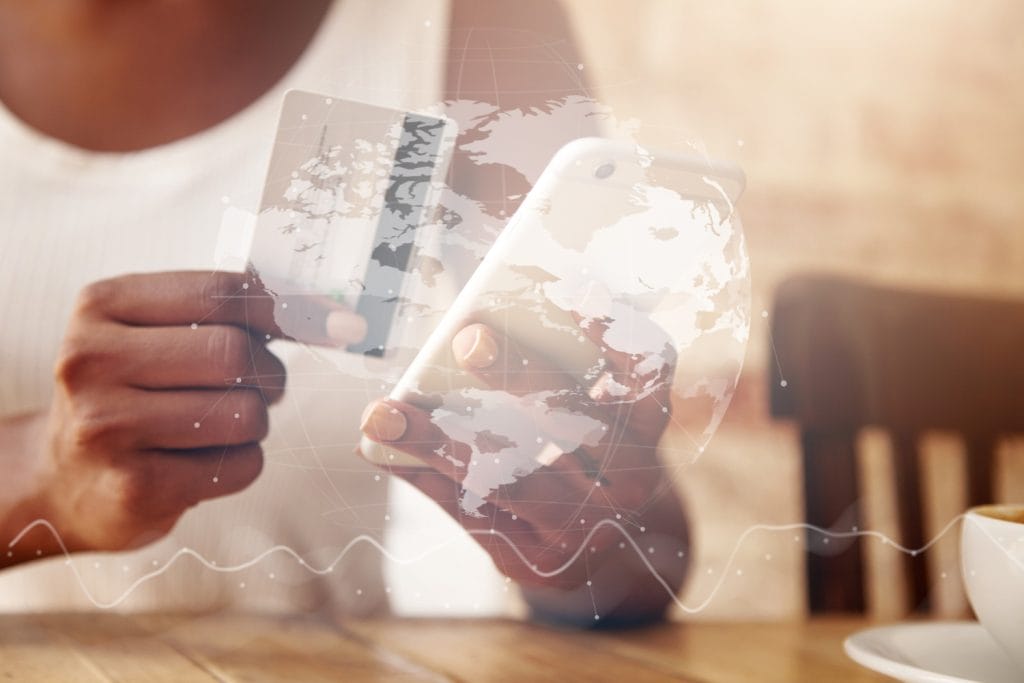Maybe you already faced this: you try to send money from Brazil to a friend in South Africa, but the money seems to disappear for two or three days. So many banks touch the payment, each one speaking its own “language.” Messages get cut, fees appear, nobody knows exactly where the funds sit. Even in 2025, we can move a photo around the world in a blink, yet money still walks. The main reason? Different countries, old systems, and messaging formats that cannot understand each other.
What Is ISO 20022, in Simple Words
ISO 20022 is like a common dictionary for payments. Before, every network used its short codes. Now ISO 20022 says, “Let’s use the same words and longer sentences.” It is built on XML, so the message can carry more information—invoice number, tax data, even why the payment happens. Because everybody follows the same structure, the message does not lose meaning when it moves from a bank in Tokyo to a wallet app in Lagos.
How it works, step by step:
- A payment system creates a message following ISO 20022 rules.
- Data fields are rich—full names, addresses, purpose codes, all in clear tags.
- Receiving systems read those tags without guessing or manual mapping.
- Extra data allows faster compliance checks and automatic reconciliation.
Impact on SWIFT, SEPA, and New Payment Rails
Big networks already move to ISO 20022:
- SWIFT starts converting its huge MT messages to the new MX format. Banks that upgrade can send richer data and get quicker exception handling.
- SEPA in Europe made ISO 20022 mandatory years ago, so euro credit transfers flow smoothly among 36 countries.
- Real-time rails like Brazil’s PIX or India’s UPI also study or adopt ISO 20022 parts. That means one day your bank transfer and your mobile wallet top-up may share the same message type.
Because old and new rails read the same language, a transfer can jump from a traditional bank wire to a fintech wallet without losing information.
Benefits: Speed, Rich Data, One Global Standard
- Faster settlement – Less manual repair, fewer false compliance alerts.
- More data – Remittance info travels with the money, so the receiver knows exactly why they got paid.
- Easier innovation – Developers do not reinvent custom fields for each corridor; they build once and connect everywhere.
- Lower cost of errors – Clear tags mean fewer mistakes when mapping fields between systems.
Challenges: Cost and Legacy Tech
Switching is not free:
- Upgrade bills – Banks must change core software, train staff, and test all flows.
- Old infrastructure – Some cores are 30-year-old COBOL systems. Mapping XML into them feels like fitting a USB-C cable into a cassette deck.
- Different speeds – A bank in Singapore may finish migration before a partner in Kenya, so translation bridges are needed during the overlap.
How Omnipayments Helps
OmniPayments sees ISO 20022 as more than a compliance checkbox. The company offers:
- Readiness workshops to map current message flows and plan phased migration.
- Middleware “translators” that sit between old MT traffic and new MX traffic, so business keeps running while tech teams migrate.
- Sandbox testing where banks push sample messages, catch mapping mistakes early, and get certification reports.
With these tools, financial institutions can move at their speed while keeping customers happy.
When Will Instant Global Transfers Become Normal?
Many experts predict a tipping point in the next three to five years. SWIFT finishes its major cut-over, regional schemes align, and wallet providers build ISO 20022 bridges. Once the big corridors (US–EU, EU–Asia) offer same-day or sub-minute settlement, customer expectation rises everywhere. Borders will not disappear, but they will stop slowing down money.
Banks, regulators, and fintech engineers who invest in ISO 20022 now will lead the era where sending funds cross-border feels like sending a text message—fast, clear, and cheap.






